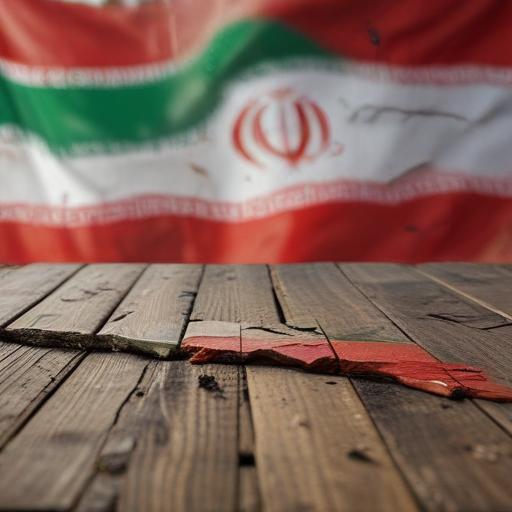Recent military actions by the United States against Iran have ignited intense discussions within Tehran regarding the future leadership of the country and whether Supreme Leader Ayatollah Ali Khamenei should continue in power. As the situation escalates, a covert group comprising Iranian business leaders, military personnel, and relatives of influential clerics has begun formulating a plan to operate Iran without Khamenei, who is currently 86 years old.
This initiative arises amid a backdrop where Khamenei’s removal, either through constitutional means by the Assembly of Experts or by applying pressure for a transfer of power, is being considered. The envisioned leadership committee would govern the country and negotiate with the U.S. to halt Israeli aggression. Despite the risk of being discovered, participants in these discussions expressed hope that drawing attention to their plans might influence regional and international dynamics.
In light of recent U.S. airstrikes, an insider noted that the likelihood of successfully sidelining Khamenei has increased, although anxiety over the implications remains. Divergent views have emerged; some urge for a peace agreement with the U.S. and a change in leadership, while others advocate for resistance against perceived aggression, fearing that a show of weakness may invite further hostility.
The narrative surrounding the impact of the U.S. bombings varies significantly between Washington, which claims victory over Iran’s nuclear capabilities, and Tehran, which downplays the extent of the damage. Iranian experts predict that the regime may retaliate, with possibilities ranging from symbolic strikes against U.S. forces in Iraq to a potential escalation of the conflict, which could jeopardize Khamenei’s grasp on power.
Some factions within Iran have even suggested a withdrawal from the Non-Proliferation Treaty, hinting at an aggressive push for nuclear weapons. The internal struggle in Tehran reflects a broader uncertainty about navigating the current crisis, leading to a crucial moment where leadership and strategic direction hang in the balance. As the regional stakes heighten, Khamenei faces growing pressure, with his long-standing narrative of opposition to the U.S. and Israel now challenged by the reality of open conflict on Iranian soil.
These developments highlight a critical juncture for Iran, where decision-makers must navigate the delicate balance between aggression and diplomacy, all while contemplating the future of those in power. This period could serve as a pivotal turning point, potentially reshaping Iran’s geopolitical stance and leading to significant changes in its leadership.
